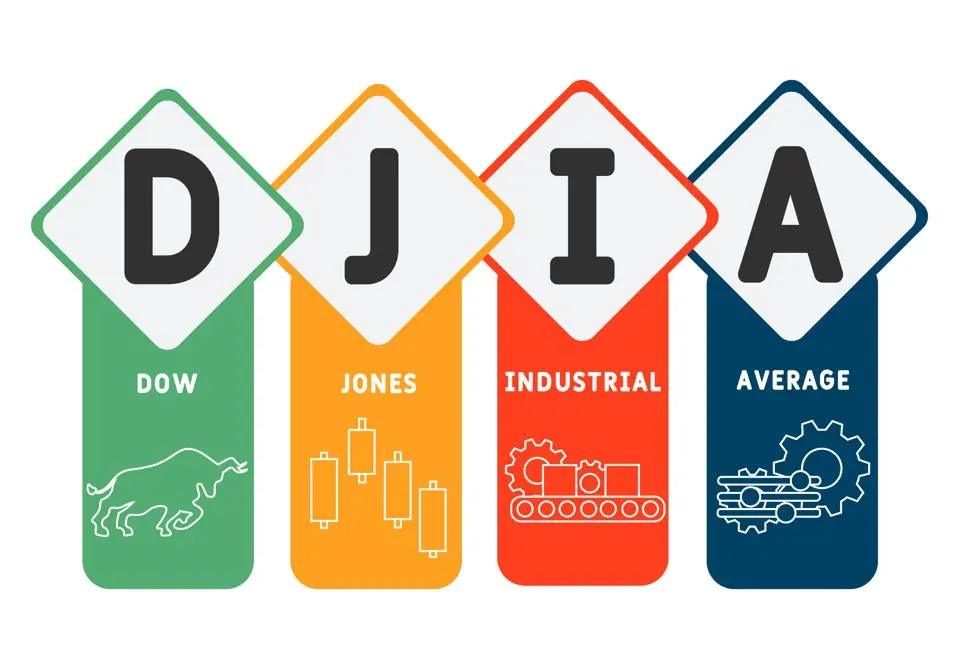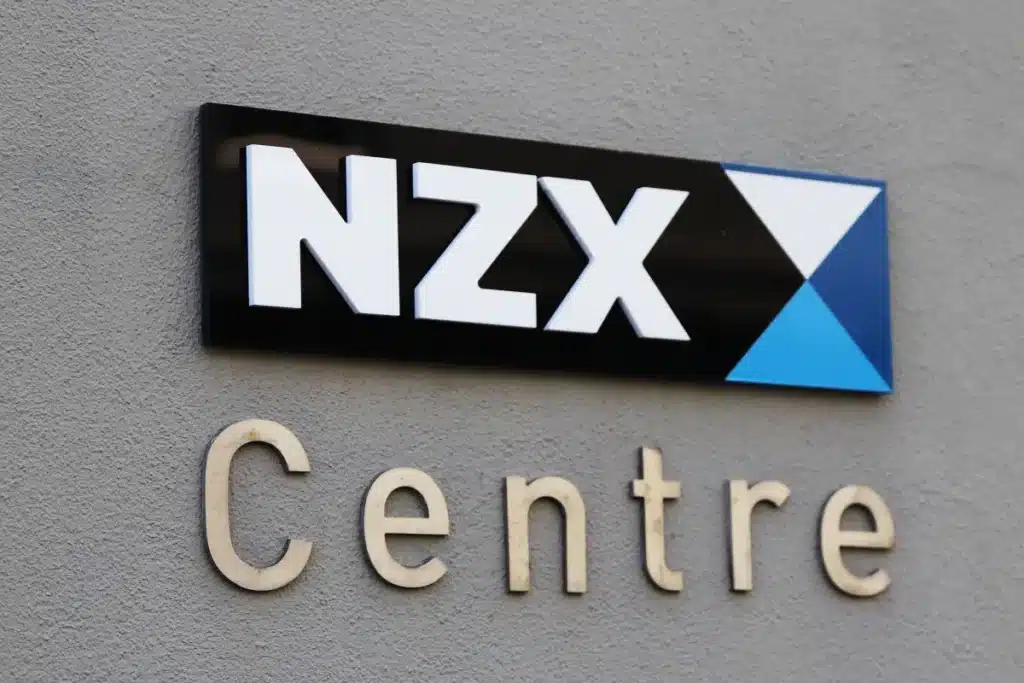Top 5 Stocks in the S&P/BMV IPC
The S&P/BMV IPC is composed of the largest and most liquid companies listed on the BMV. Here are the top 5 stocks in the index, based on market capitalization:
- América Móvil, S.A.B. de C.V. (AMX)
- Fomento Económico Mexicano, S.A.B. de C.V. (FEMSA)
- Walmart de México, S.A.B. de C.V. (WALMEX)
- Grupo Financiero Banorte, S.A.B. de C.V. (GFNORTEO)
- Grupo México, S.A.B. de C.V. (GMEXICOB)
These companies represent a diverse range of sectors, showcasing the breadth and depth of the Mexican equity market.
Key Components of the S&P/BMV IPC
The S&P/BMV IPC is a market capitalization-weighted index, meaning that the larger companies within the index have a more significant influence on its overall performance. The index is reviewed and rebalanced on a quarterly basis to ensure that it accurately reflects the changing landscape of the Mexican equity market.
Investing in the S&P/BMV IPC
As an investor, you can gain exposure to the S&P/BMV IPC in several ways. You can purchase individual stocks of the companies that make up the index, or you can invest in index tracking funds, such as exchange-traded funds (ETFs) or mutual funds that closely mirror the index’s composition and performance.
Analyzing Stock Performance within the Index
When analyzing the performance of the S&P/BMV IPC, it’s essential to consider the individual stock performance of the companies within the index. This can provide valuable insights into the underlying drivers of the index’s movement, such as sector-specific trends, macroeconomic factors, and company-specific developments.
Investment Strategies for the S&P/BMV IPC
Investors can employ various strategies when investing in the S&P/BMV IPC, depending on their risk tolerance, investment horizon, and financial goals. Some common strategies include:
- Buy-and-Hold: Investing in the index for the long term, with the expectation of capturing the overall growth of the Mexican equity market.
- Sector Rotation: Shifting investments between different sectors within the index to capitalize on changing market trends and economic conditions.
- Tactical Asset Allocation: Adjusting the allocation of the S&P/BMV IPC within a broader investment portfolio to optimize risk-adjusted returns.
Financial Metrics to Consider When Investing in the Index
When evaluating the S&P/BMV IPC as an investment, it’s essential to consider various financial metrics, such as:
- Price-to-Earnings (P/E) Ratio: Measures the valuation of the index relative to its earnings.
- Dividend Yield: Represents the annual dividend payments of the index as a percentage of its share price.
- Beta: Measures the volatility of the index relative to the broader market.
- Liquidity: Reflects the ease with which investors can buy and sell the index’s underlying stocks.
Market Trends and Their Impact on the S&P/BMV IPC
The performance of the S&P/BMV IPC is influenced by a range of market trends and economic factors, including:
- Macroeconomic Conditions: Changes in GDP growth, inflation, interest rates, and trade policies can impact the index’s performance.
- Sector Dynamics: Shifts in the performance of key sectors, such as energy, finance, and consumer discretionary, can drive the index’s movements.
- Investor Sentiment: Shifts in investor confidence and risk appetite can affect the index’s volatility and trading volume.
The Role of the BMV (Bolsa Mexicana de Valores) in the Index
The Bolsa Mexicana de Valores (BMV), or the Mexican Stock Exchange, plays a crucial role in the S&P/BMV IPC. As the primary stock exchange in Mexico, the BMV oversees the listing and trading of the companies that make up the index, ensuring the transparency and integrity of the market.
Portfolio Diversification with the S&P/BMV IPC
The S&P/BMV IPC can serve as a valuable tool for portfolio diversification, providing exposure to the Mexican equity market, which may exhibit different risk and return characteristics compared to other global markets. By including the S&P/BMV IPC in a diversified investment portfolio, you can potentially enhance risk-adjusted returns and reduce overall portfolio volatility.
Understanding Market Volatility and Its Effect on the Index
The S&P/BMV IPC, like any equity index, is subject to market volatility, which can be influenced by a variety of factors, including geopolitical events, economic uncertainty, and investor sentiment. Understanding the drivers of market volatility and its potential impact on the index can help you make more informed investment decisions and manage risk effectively.
The Mexican Economy and Its Influence on the Index
The performance of the S&P/BMV IPC is closely tied to the overall health of the Mexican economy. Factors such as GDP growth, inflation, interest rates, and government policies can all have a significant impact on the index’s movements. By monitoring the key economic indicators and trends in Mexico, you can better anticipate the potential effects on the S&P/BMV IPC and adjust your investment strategies accordingly.
Importance of Benchmark Indices in Investing
Benchmark indices, such as the S&P/BMV IPC, play a crucial role in the investment landscape. They serve as points of reference, allowing investors to evaluate the performance of their investments against the broader market. By understanding the S&P/BMV IPC and its position as the premier equity index in Mexico, you can make more informed decisions and better align your investment strategies with the overall market trends.
Index Tracking Funds for the S&P/BMV IPC
For investors who seek exposure to the S&P/BMV IPC without the need to manage individual stock positions, index tracking funds can be an attractive option. These funds, which include exchange-traded funds (ETFs) and mutual funds, are designed to closely mimic the performance of the index, providing a convenient and diversified way to invest in the Mexican equity market.
Strategies for Trading the S&P/BMV IPC
In addition to long-term investment strategies, the S&P/BMV IPC can also be utilized for short-term trading opportunities. Investors may employ various trading strategies, such as:
- Index Futures: Buying or selling futures contracts on the S&P/BMV IPC to speculate on the index’s short-term price movements.
- Index Options: Using options contracts on the S&P/BMV IPC to implement hedging strategies or capitalize on expected volatility.
- Index ETFs: Actively trading exchange-traded funds that track the performance of the S&P/BMV IPC.
Factors Affecting the Trading Volume of the Index
The trading volume of the S&P/BMV IPC is influenced by a range of factors, including:
- Investor Sentiment: Changes in market sentiment and risk appetite can impact the level of trading activity.
- Macroeconomic Conditions: Economic indicators, such as GDP growth and inflation, can affect the trading volume of the index.
- Regulatory Changes: Alterations in financial regulations and policies can influence the trading volume of the S&P/BMV IPC.
- Market Volatility: Periods of heightened market volatility can lead to increased trading activity as investors adjust their positions.
To unlock the full potential of the S&P/BMV IPC and capitalize on the opportunities in the Mexican equity market, consider speaking with a financial advisor who can provide personalized guidance and investment strategies tailored to your specific goals and risk tolerance. Together, we can explore the best ways to incorporate the S&P/BMV IPC into your investment portfolio and help you achieve your financial objectives.










































